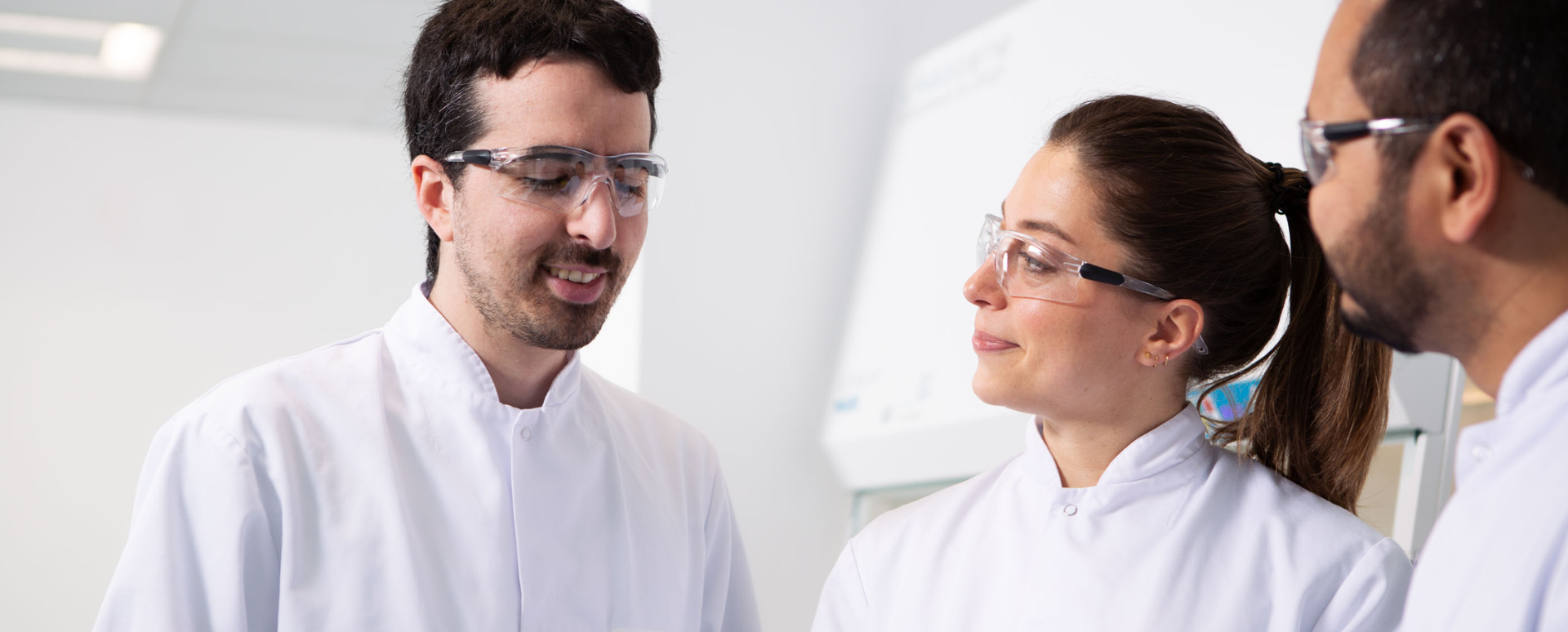
- No Results
- Global
-
Australia

-
Austria

-
Azerbaijan

-
Brazil

-
Belgium

-
Canada

-
Chile

-
China

-
Costa Rica

-
Croatia

-
Czech Republic

-
Denmark

-
ESTONIA

-
Finland

-
France

-
Germany

-
Hong Kong

-
Hungary

-
India

-
Italy

-
Ireland

-
Japan

-
Korea

-
Latvia

-
Lithuania

-
Malaysia

-
Mexico

-
Morocco

-
Netherlands

-
New Zealand

-
Norway

-
Philippines

-
Poland

-
Portugal

-
Romania

-
Singapore

-
Slovakia

-
Slovenia

-
Spain

-
Sweden

-
Switzerland

-
Taiwan

-
Turkey

-
United Kingdom

-
UNITED ARAB EMIRATES

-
United States

-
Vietnam

Viral Safety
Contact usEurofins has been involved in the design and execution of viral clearance studies for over 15 years.
Assessment of the ability of a tissue-based medical device product’s manufacturing process to remove or inactivate viral agents is essential to provide assurance of the viral safety of the product, as detailed by EN ISO 22442-3 harmonised guideline and the specific US FDA guidance.
Eurofins offers GLP, as well as non-GLP, viral clearance studies including consultancy on the best study design, choice of test viruses according to current relevant zoonotic epidemics and technical state-of-the-art guidance as prescribed by EN ISO 22442-3.
Eurofins has a dedicated virus facility and expert personnel where we can set up different experimental designs and test a broad spectrum of viruses to cover different regulatory requirements.
Our team has performed virus clearance studies to assess the viral safety of very different matrices, deriving from bone, hide, tendons, liver, cartilage, etc. and originating from different animals, such as bovine, porcine, equine, and fish species.
Selection of the virus panel is a critical element of your viral clearance study and is dependent on the risk profile of the product. The selection should cover a range of viruses with different physico-chemical properties, including those with high resistance to inactivation or most challenging for removal procedures, and viruses which are potential contaminants.
Eurofins Virus Testing Unit has consolidated expertise on chemical inactivation (extreme pH treatment or solvent treatment) and physical inactivation (thermal treatment or irradiation treatment) on tissue-based Medical Devices.
By choosing Eurofins, we can help you:
- Identify the potentially inactivating steps from your manufacturing process, by means of literature review study according to EN ISO 22442-3
- Select test viruses relevant for your product
- Design the down-scale of your process and validate it at lab-scale according to EN ISO 22442-3
- Perform non-GLP trials to preliminarily assess the inactivation rate with benefits on costs and time for GLP validation study
- Overcome residual cytotoxicity and virus recovery issues to achieve the highest LRV (Log Reduction Value)


